iPad mini A17 Pro review: small changes, big potential
While the upgrades to the iPad mini are subtle, they make a big difference to what this pocket sized tablet can do

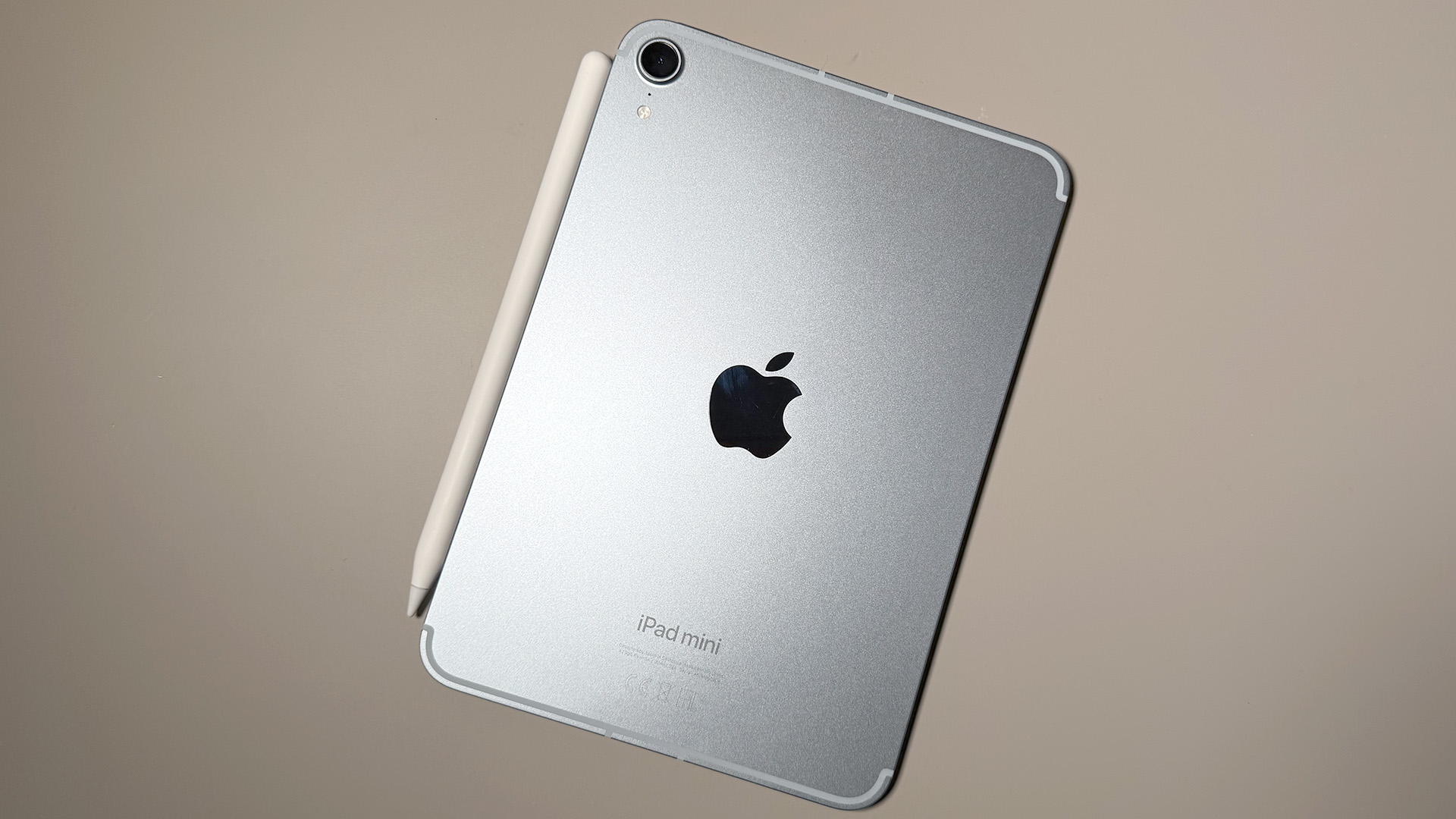
The pocket-sized tablet just got better. Thanks to the A17 Pro chip, it can run all Apple Intelligence features and with the Apple Pencil Pro compatibility, it’s an even better tablet to write and draw on. It might be too small as a laptop replacement but it’s a huge step up from working on your phone.
-
+
A17 Pro chip is ready for Apple Intelligence
-
+
Works brilliantly with Apple Pencil Pro
-
+
A tablet you really can take everywhere
-
-
Little change from 6th generation
-
-
Too small for a laptop replacement
-
-
Big bezels inflate its size
Why you can trust T3

The iPad mini has remained a fan favourite in the range, even as models like the Pro and Air got bigger and more powerful. Its smaller form made it easier to carry with you at all times and yet still offered enough screen real estate to make it preferable to using your phone.
Its latest upgrade sees this seventh generation iPad mini get the same A17 Pro chip as used in last year’s iPhone 15 Pro and Pro Max phones. This is a considerable jump in performance over the A15 chip in the previous generation, and even more so than the A14 chip in the current iPad 10th generation.
Most importantly, that A17 Pro chip makes the iPad mini able to run the new Apple Intelligence features that are coming to iPadOS 18 later this year. That in turn, makes this the cheapest device that Apple currently sells that is AI ready.
Beyond AI though, the new mini has bigger storage options, faster Wi-Fi connection and is compatible with the Apple Pencil Pro, its flagship stylus. This makes the tablet even more suited for creatives.
How much is the iPad mini A17 Pro?
Starting from £499 / $499 the iPad mini A17 Pro comes in a choice of four colours, three storage sizes and both Wi-Fi and Wi-Fi plus Cellular versions. The Wi-Fi + Cellular option requires a data contract for its 5G connection and starts from £649 / $649.
The base model this year is double that of the 6th generation iPad mini, at 128GB, while a higher capacity 512GB model has also been added to the mix, for those that want to store more files locally.
For the top spec model, with cellular connection and 512GB storage, it will cost you £949 / $949. The model I tested was this highest spec model in the new blue colour. Aside from the capacity and eSIM capability, this performs no differently to the base model.
Get all the latest news, reviews, deals and buying guides on gorgeous tech, home and active products from the T3 experts
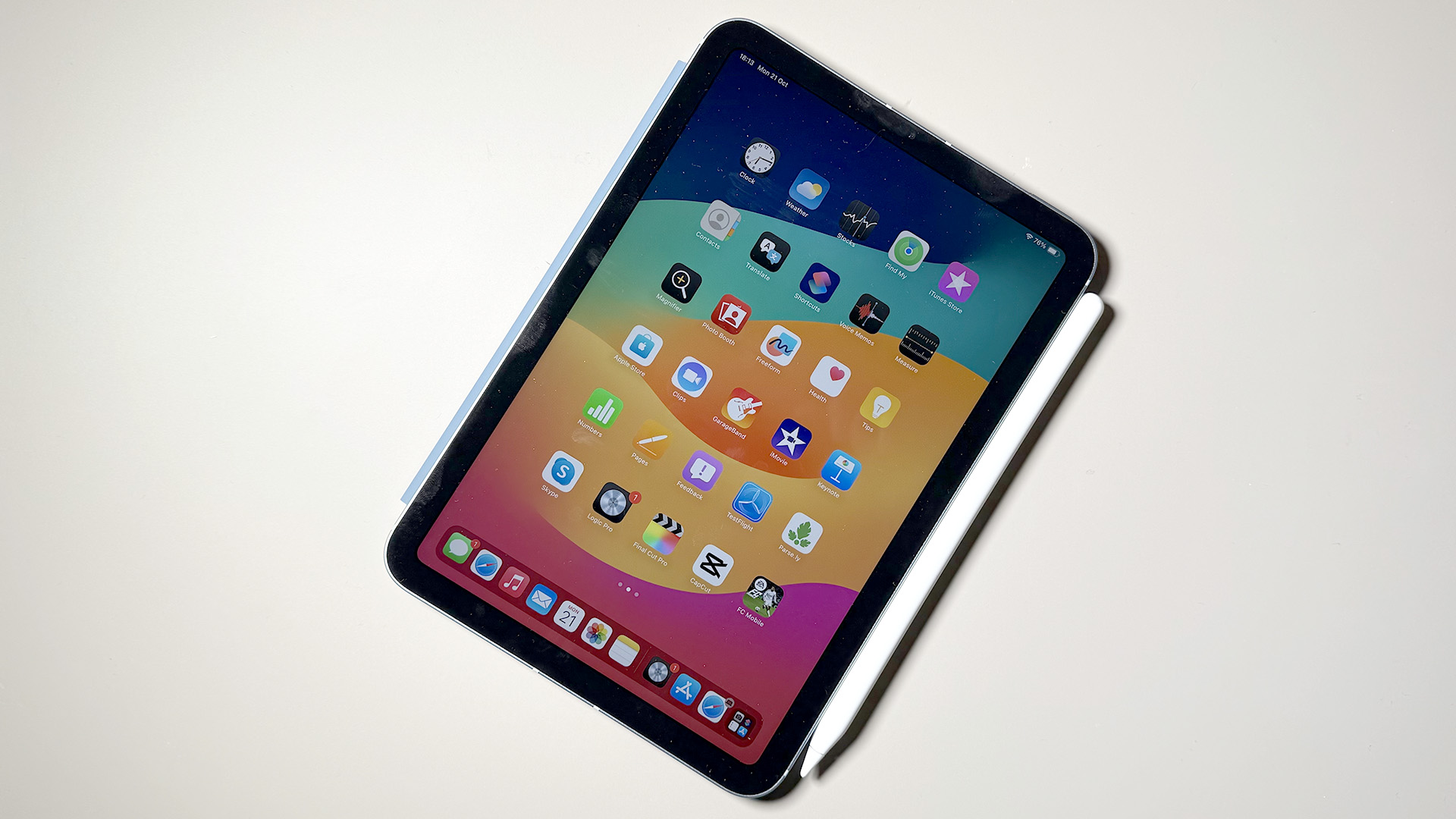
What's new on the iPad mini A17 Pro?
For those not familiar with the iPad mini, the compact tablet offers some impressive features. The 8.3-inch liquid retina display is roughly a 2:3 format and considerably larger than any of the iPhone displays. This has a relatively high 2266 x 1488 pixel resolution (326 pixels per inch) and 500 nits of brightness.
The display is far from bezel-free, but is much thinner than in some of the original models. This is similar to both the iPad Pro and iPad Air devices. The front facing camera sits in the top bezel while the fingerprint sensor is in the power button on the top edge of the device.
I’m surprised the action button hasn’t made its way onto new iPads – older models used to feature a switch which could be used to stop the screen rotating, or for muting. An action button that could provide a quick way into certain functions might be useful.
The casing is made from 100% recycled aluminium and the back panel comes in a range of four colours, including a new blue (replacing the pink) and a new purple that’s more subtle than the previous purple.
There are speakers at both shorter ends of the iPad mini, to create a full stereo effect as well as two microphones. There are physical buttons on the top for the volume control and a USB-C port on the bottom for charging. There’s no physical SIM slot on the new cellular model, instead it uses just eSIMs.
It’s worth noting that for Wi-Fi connections, the iPad mini A17 Pro now features Wi-Fi 6E connectivity, which gives it the ability to use the 6 Ghz band, which is more secure and offers great bandwidth for lag-free connectivity.
The only other feature you might notice on the casing is a new addition on the longer edge. This smooth section is where the Apple Pencil Pro can attach magnetically to charge. Compatibility with the Apple Pencil Pro is a key addition to this new model, as it opens the tablet up for high level creative work.
The other major addition for this year’s model is the jump to the A17 Pro chip inside. As I already mentioned, this is a big step up from the 6th generation model and allows it to run all of the Apple Intelligence features coming to iPad OS 18 later this year. The iPad 10th generation will be the only model in the range not able to run these features.

Display
While an 8-inch display might sound small for a tablet, it’s actually a decent amount of real estate to work with. Plus, it features True Tone and a wide colour gamut for accurate colour representation, and an anti-reflective coating.
It’s no match for a 13-inch tablet for watching films or editing but it’s considerably better than even the 6.9-inch display on the iPhone 16 Pro Max. For me, it’s the perfect tablet for an economy plane seat or a train. With the screen closer to your face you can get a great movie experience.
What you don’t get on the iPad mini is the ProMotion technology. So there’s no variable refresh rate, or faster 120Hz refresh rate for gaming. Thanks to that A17 Pro chip though, you do get the hardware accelerated ray tracing though, to make those games look even more real.
One of the best things about this display though is that it’s compatible with Apple’s latest Pencil Pro stylus. As with the previous model, it also works with the more affordable Apple Pencil (USB-C) model, but the Pencil Pro offers a lot more for creative users.
A squeeze brings up a quick menu, while a barrel roll allows you to rotate the tip as you would on a manual brush or pen – particularly helpful for calligraphy or unusual shaped brushes. It also has the hover function, so you can see exactly how the brush will land, before it even touches the surface.
The other great thing about using the Apple Pencil Pro with the iPad mini is that it attaches magnetically, and charges on the side of the device. The size of the unit is just long enough to take the full length, before it curls into the corners, making the Pencil Pro look perfect for the mini.
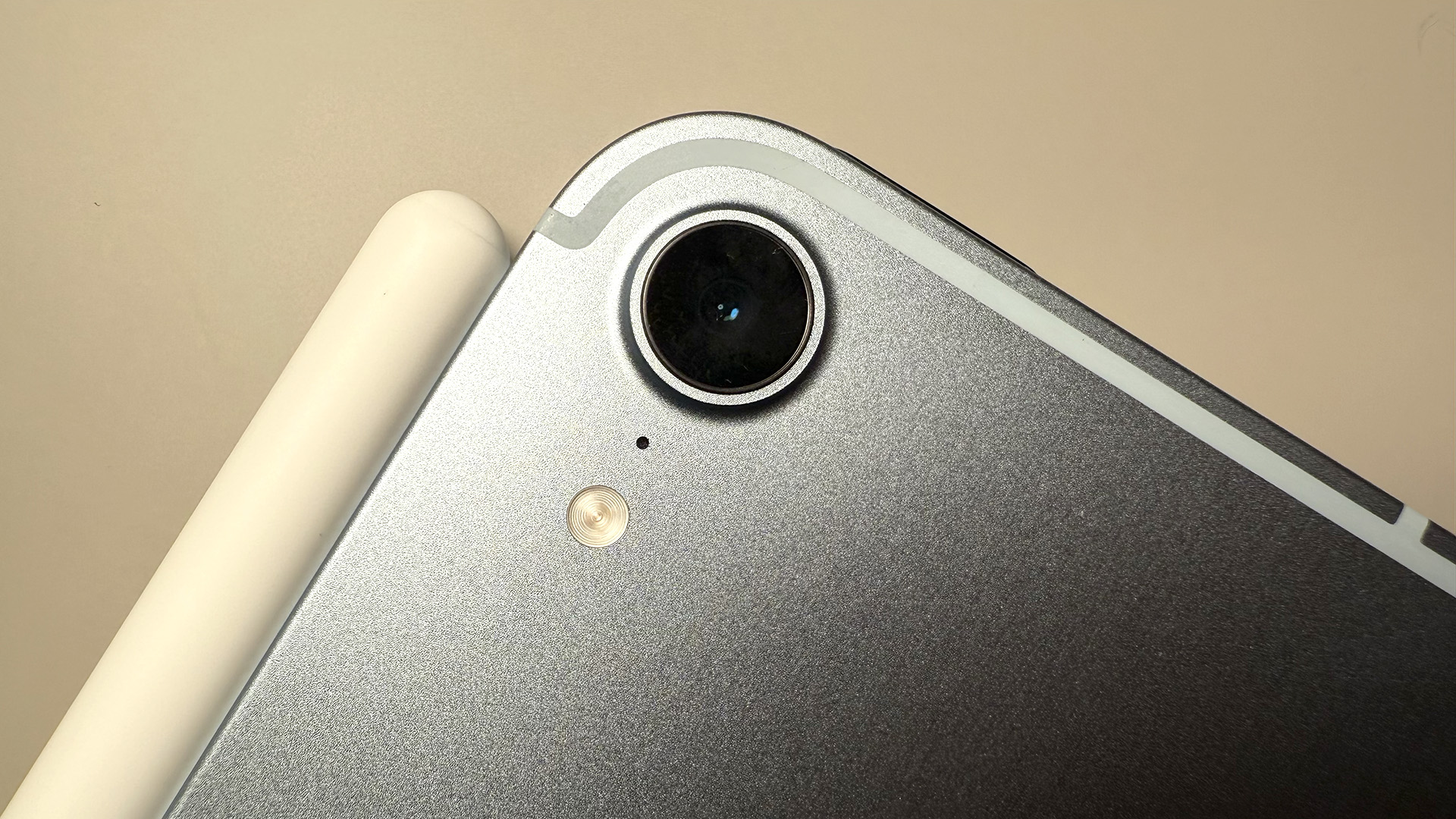
Camera
There are two 12MP cameras on the iPad mini – one on the front and one on the back. The rear camera has a 28mm equivalent focal length, but can also crop in for a 2x zoom (56mm equivalent). The front camera is much wider, with a 14mm equivalent, but automatically crops into around a 28mm equivalent. This allows it to use Centre Stage for video.
Even with this smaller iPad, you’d hope people wouldn’t be using the main camera as a regular camera, but it’s certainly handy to have the ability to. Where this really becomes useful is for scanning documents by simply taking a picture of them from the Notes app.
For this reason, the iPad mini doesn’t need any more than its 12MP camera on the back. The quality is decent for a 12 million pixel image and can be saved in either JPEG or the HEIC file type. The front camera also produces nice images, though here a higher res camera could be useful to allow for a full 12MP image when cropped in.
You can also shoot video on both front and back cameras, with 4K recording at up to 60fps. It will also shoot at 1080P if you don’t need that larger file size. There’s a 3x zoom available for cropping in and slo-mo video in 1080p at up to 240fps. What you don’t get here is the Spatial audio or even stereo sound on the recordings, but again, while the video looks great, you probably won’t be using an iPad to shoot professional video.
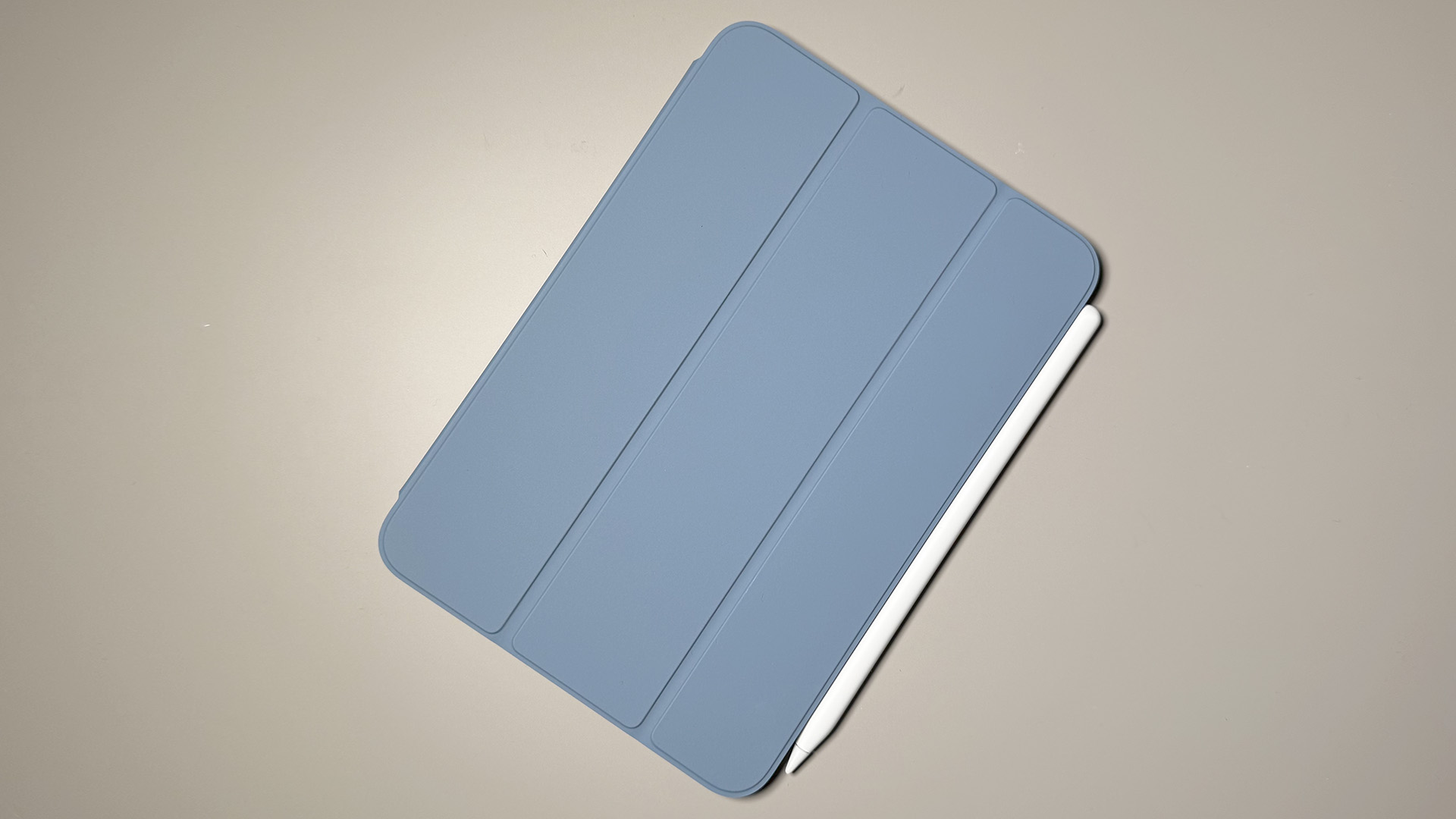
Performance and battery
The A17 Pro chip that runs the iPad Pro proved to be hugely powerful in the iPhone 15 Pro and Pro Max, and is just as impressive here. Using Geekbench 6 benchmarking, it received a 7061 multi-core score on my unit, which is slightly below the average for the iPhone 15 Pro but still not that far behind the M1 chips used for the older iPad Air models.
This is a 30% increase compared to the previous iPad mini and its 6-core design is designed to handle both performance heavy and everyday tasks with ease. Similarly the GPU scores are just fractionally behind those of the iPhone 15 Pro models, but miles higher than the 6th generation iPad mini and its A15 chip. This is a 25% increase and also includes the hardware-accelerated Ray Tracing, which is four times faster than software-based solutions.
The other advantage of this new chip is that it’s more efficient with power usage, which in turns means a longer battery life. Battery life is listed as 10 hours for surfing the web on Wi-Fi or watching video, or nine hours for cellular use. In practice you can easily get a couple of days use out of the mini, if you’re not using it constantly. It’s certainly an all day battery, and more.
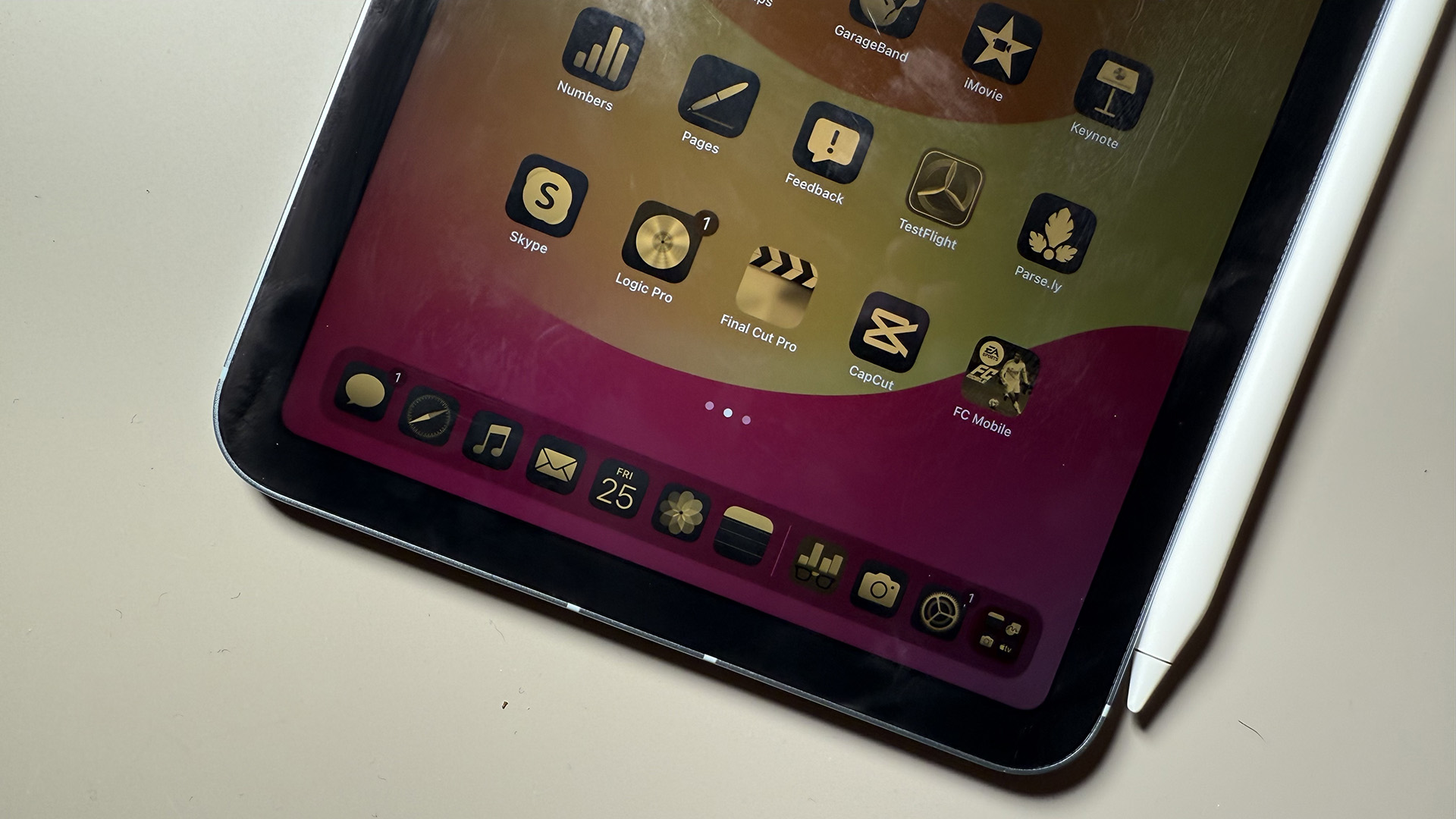
Operating system
While both the 5th and 6th generation iPad mini models are able to run iPadOS 18, the new A17 Pro model is the only one capable of running the Apple Intelligence features it includes. These features include new writing tools, image creation and a more powerful Siri voice assistant.
There’s lots more that iPadOS 18 can do though, especially with the help of the Apple Pencil Pro (or Pencil USB-C). The handwriting recognition in Notes allows you to clean up your handwriting and event convert it into text. You can even write equations by hand and have it solve them for you in your own style of writing. You can also use the Pencil with the calculator app to create expressions or plot graphs.
The customisation of the home screen is also a nice feature on iPadOS 18, with the ability to break the regular grid and have a layout that suits your needs, or background image. Being able to change the colour and size of icons is also pretty neat. I’m a big fan of the darker look or giving them all a tint to match my background image.
My other favourite feature of iPadOS 18 is the new Passwords app, which finally offers a viable replacement to third-party password managers. It allows you to sync the app between devices and keep not only account passwords but also Wi-Fi passwords passkeys and verification codes.
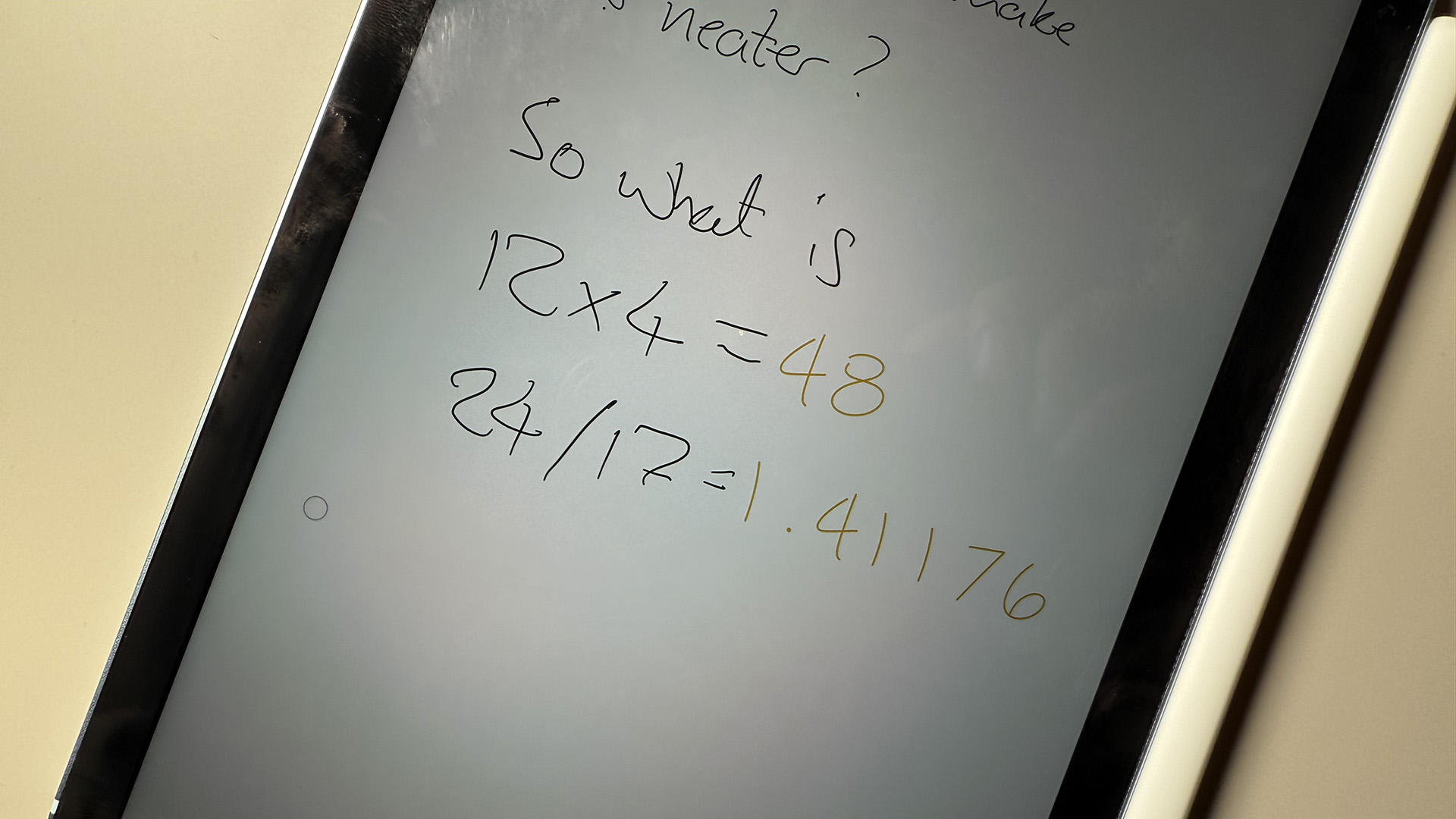
Should I buy the iPad mini A17 Pro?
If you’re looking for a smaller format tablet, the iPad mini remains a great choice. Thanks to the chip upgrade, this is now a hugely powerful device that can easily fit inside a jacket pocket. It’s perfect for travel or just keeping in touch on the move.
What the iPad mini A17 Pro isn’t is a laptop replacement. This is very much designed to touch and draw. There’s no Magic Keyboard option as there is for the Pro and Air models. Even the base level iPad has a Magic Keyboard Folio accessory. For the mini your only choice is a third party model.
If you want to explore Apple’s Intelligence features when they launch later this year, the iPad mini is the cheapest way to get access to them. Though you will need to wait until December in the UK for them to come – and update the software. However, you can preview some of the features using the Public Beta.
Like many iPad mini fans, I would have loved to see an even more powerful chip used to create an iPad mini Pro. However, outside of heavy video and audio editing tools, the A17 Pro chip is more than capable.
Considering that price point, it’s definitely an appealing option and a slight relief to see this form factor stay in the range. I can see the added features here making it a popular alternative to the base level iPad 10th generation, without stretching as far as the iPad Air M2.
Also consider
If you are looking for a laptop replacement, to type and edit on, it’s worth looking at the iPad Air M2 instead. For an extra £100/$100, this 11-inch tablet gives you an M2 chip, that’s faster than most laptops and a central camera for when you’re using it in a landscape format. It’s going to be better for watching films on too, though you’ll need a bit more room on your desk or tray table to do so.

As T3's Editor-in-Chief, Mat Gallagher has his finger on the pulse for the latest advances in technology. He has written about technology since 2003 and after stints in Beijing, Hong Kong and Chicago is now based in the UK. He’s a true lover of gadgets, but especially anything that involves cameras, Apple, electric cars, musical instruments or travel.